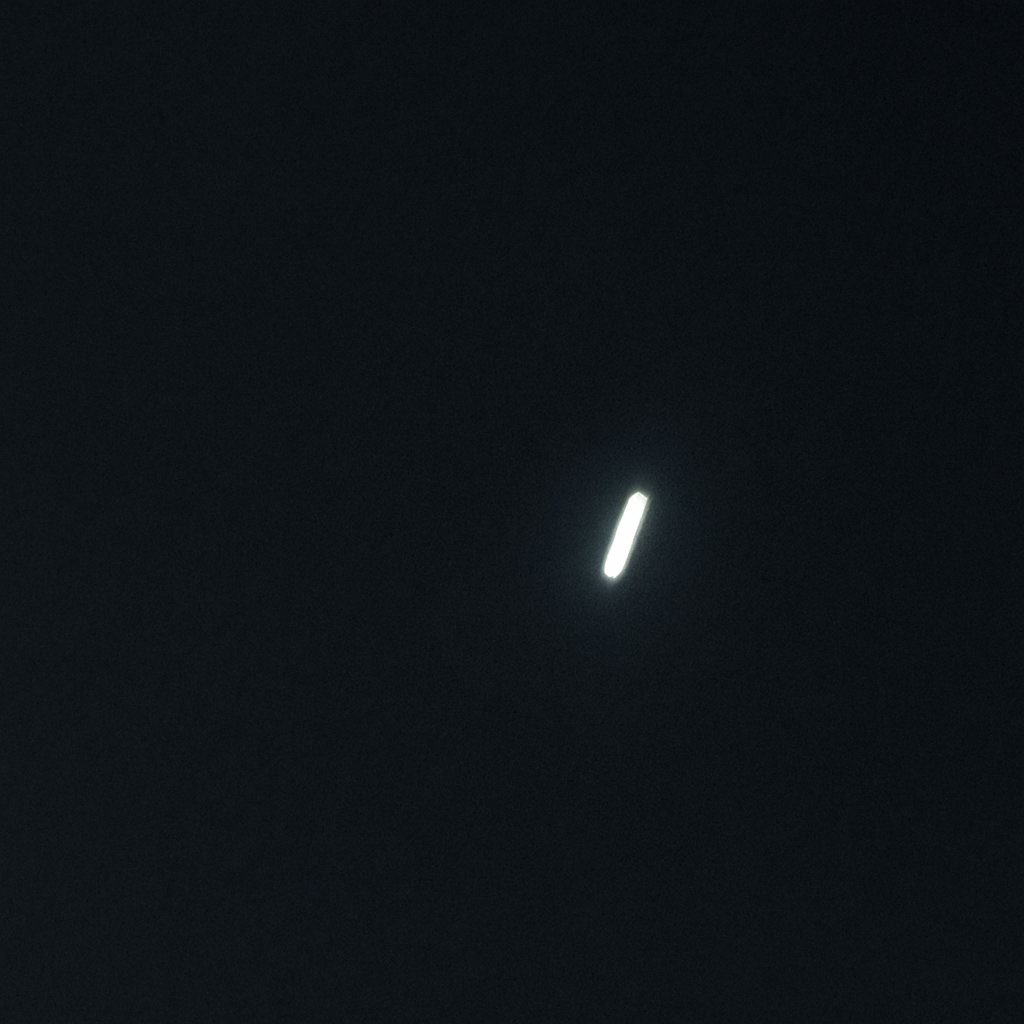
🚀 A Visitor from Beyond the Sun
3I/ATLAS is the third known interstellar object to ever visit our solar system — after ‘Oumuamua in 2017 and Borisov in 2019. It was spotted in July 2025 by the ATLAS survey telescope in Chile.
Instead of looping around the Sun like most comets, its hyperbolic orbit means it’s simply passing through — a cosmic tourist from another star system. In early October, it skimmed about 29 million kilometers from Mars, giving the Red Planet’s orbiters a prime view.
💨 What Makes It Different
Scientists studying 3I/ATLAS quickly realized it’s no ordinary comet.
Its gases show unusually high levels of carbon dioxide, far above anything seen in local comets.
It emits both water vapor and dust, proving it’s active and venting as it nears sunlight.
The way it scatters light suggests its particles are arranged differently — perhaps built in an alien solar nursery light-years away.
These oddities make it valuable for studying how comets form around other stars.
🛸 Why the “Tic-Tac UFO” Buzz?
Early telescope images gave 3I/ATLAS a sleek, elongated look — eerily like the “tic-tac UFO” famously reported by Navy pilots. Add in its high speed and strange incoming angle, and it’s easy to see why imaginations ran wild.
But every observation so far — from its tail, outgassing, and sunlight reflection — matches what you’d expect from a natural comet, not an artificial craft. The “tic-tac” effect is just an optical illusion caused by motion blur and distance.
🔭 Mars Has Front-Row Seats
Because it passed closest to Mars, NASA’s orbiters have been tracking the comet’s tail, gas plumes, and rotation. These missions give scientists a rare close-up look at how an interstellar object reacts to sunlight and solar wind. It’s the first time a planet other than Earth has been this near an interstellar traveler.
🌠 What Happens Next
Over the coming weeks, 3I/ATLAS will reach its closest point to the Sun before heading back into deep space — likely never to return. Astronomers will continue to watch as it brightens, sheds more gas, and fades away.
🌌 Final Thoughts
While it might look like a UFO in the headlines, 3I/ATLAS is a frozen messenger from another star system, reminding us how vast and connected the universe really is.
Sometimes, the most mysterious things in space turn out to be the most natural — and that’s what makes them beautiful.